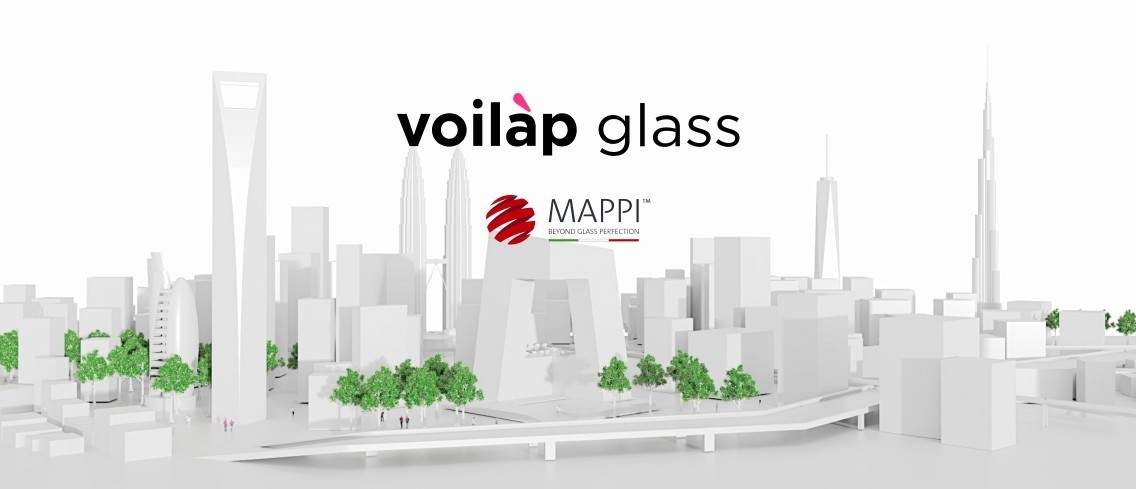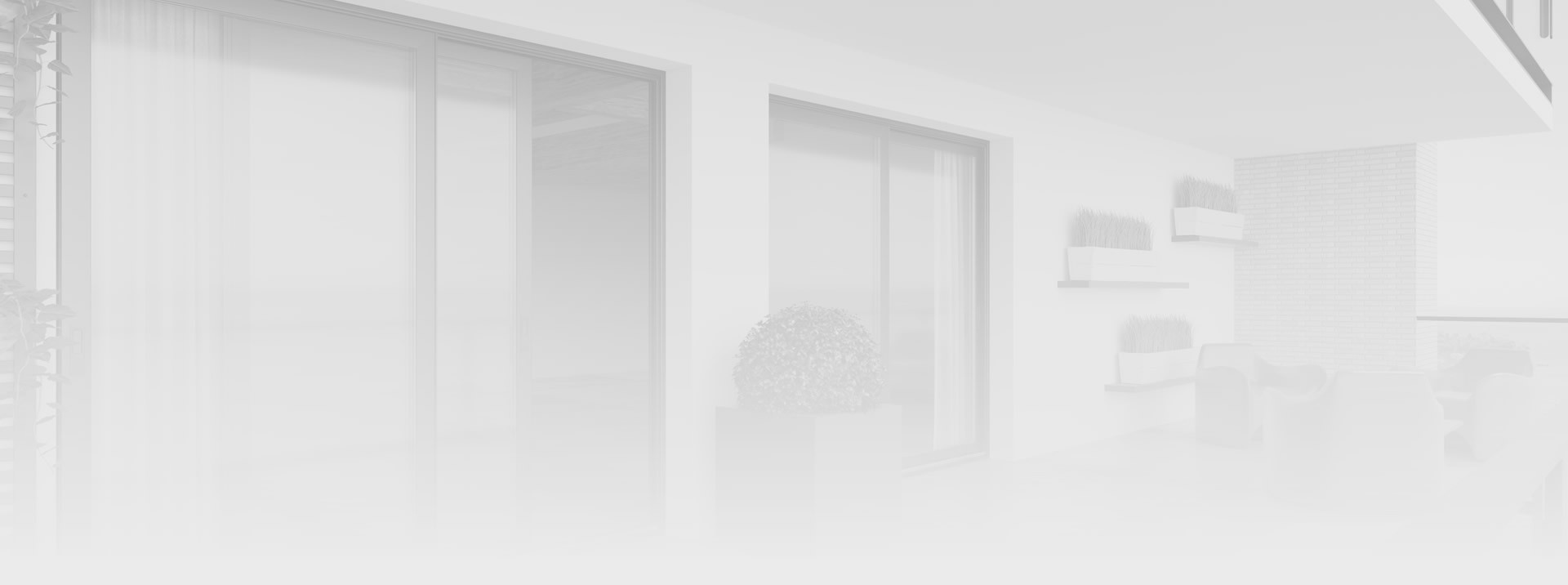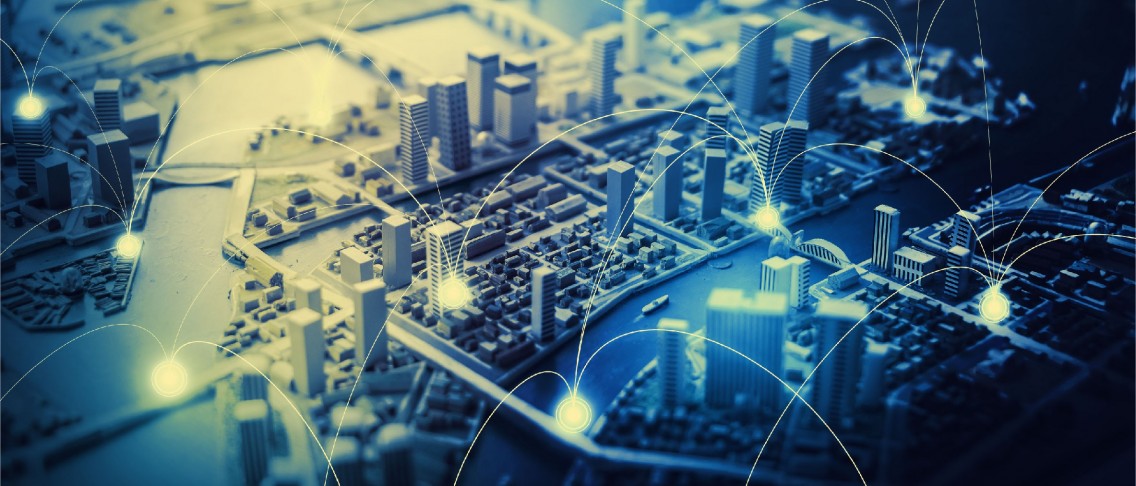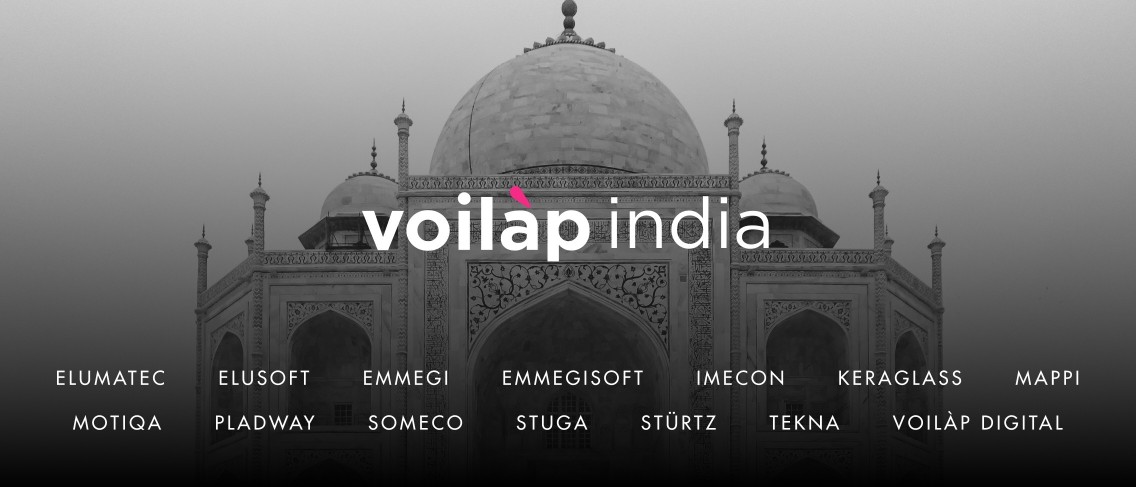
Company News
20/01/2020
IoT sensors will help us fight pollution
The urban environment, is becoming a priority for several billion people.
For this reason, one of the fundamental requirements for smart cities is the ability to monitor the territory with IoT devices capable of collecting and interpreting a large quantity and variety of data, from air quality parameters to traffic.
Having air quality and environmental parameters under control means protecting human health and the environment as a whole, thus promoting the physical well-being of the inhabitants of the Smart City.
For this reason the detection of harmful gases and fine dust in urban centres, should be extensively widespread, inorder to be considered suitable to understand the phenomena.
But "sensorizing" the entire city is not simple.
Should be considered that, in order to be able to apply this strategy, the sensors must be extremely small, economical, of high precision, robust and not require maintenance.
Currently there are different types of sensors for detecting inorganic gases and volatile organic compounds which, in compliance with the most stringent European Community directives, carry out the detection of parts per billion (ppb).
Specifically, the parameters that are most often detected are:
· Carbon monoxide (CO)
· Nitrogen oxide (NO)
· Ozone (O3)
· Nitrogen dioxide (NO2)
On request, it is also possible to use optical monitors to measure particulate matter: PM10; PM2.5; PM1.
Not only the are values of air quality collected by the sensors but at the same time data related to weather parameters such as temperature, humidity and pressure can also be collected, creating a real network of meteorological stations connected to each other.
Another area in which the application of sensors improves the well-being of the citizens is the protection from noise pollution, considered among the major environmental problems in Europe.
A punctual and widespread monitoring of the noise level present in the environment can take place thanks to the acoustic sensors installed on the public lighting infrastructure, to identify those areas where the levels exceeds the threshhold, giving the municipality the possibility to intervene with targeted actions.
In this respect, traffic flows are the main cause of noise pollution.
Precisely this parameter therefore needs to be constantly monitored and also in this case the technology has given rise to special radar or IR devices, equipped with artificial intelligence for counting and detecting vehicles.
The application of these technologies to the urban context is already being tested in various world capitals which are following with concern the trend of increasing emissions and vehicles circulating on the roads in urban centers. They are investing in research and and in solutions to manage these problems on a long term.
The set of technological tools applied to the smart city model would allow every citizen and government administration to draw countless advantages to improve the quality of life, increase the efficiency of services rendered, block the waste of resources (water, electricity, monetary and environmental ). Investing time and money to adopt the "Smart" model will not be easy but in the long term it will bring many benefits to everyone.
OTHER NEWS

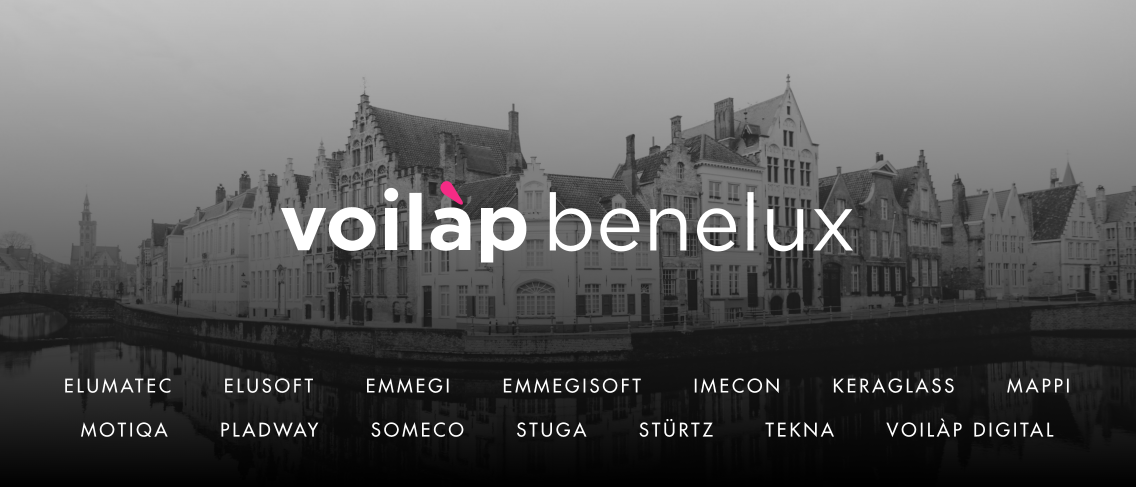
One Company: Voilàp in Benelux
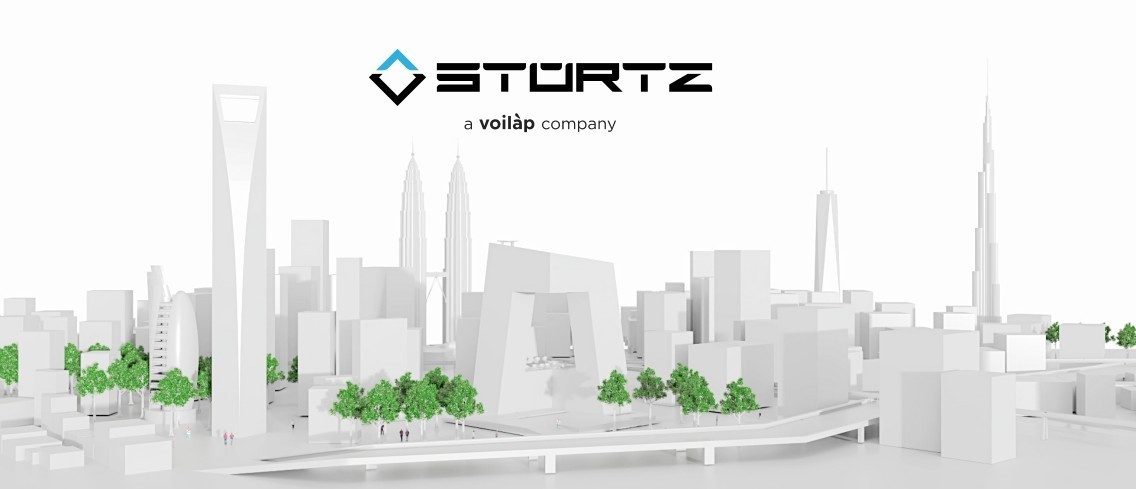
Voilàp expands in smart factories and acquires Stürtz
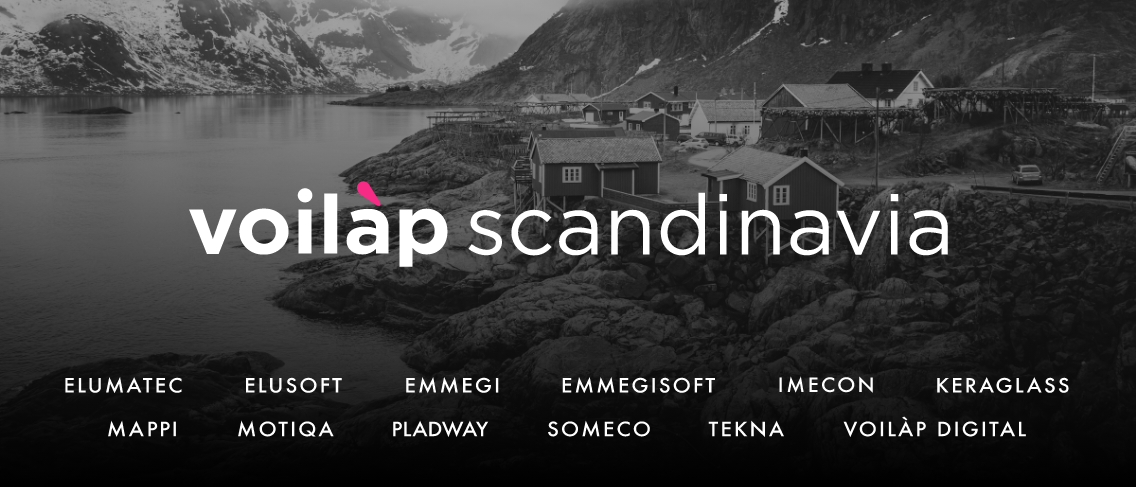
“One company”
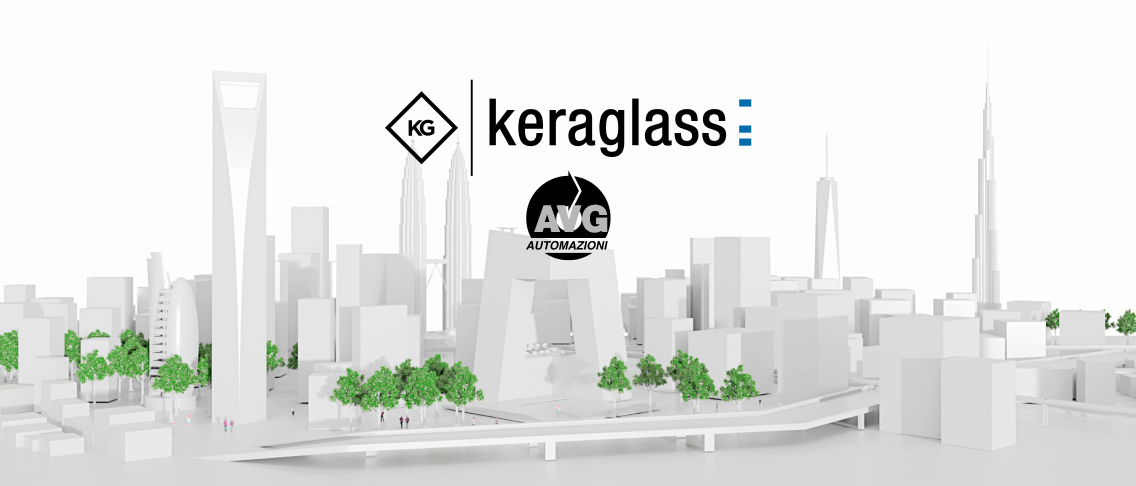
Keraglass acquires 100% of AVG Automazioni
